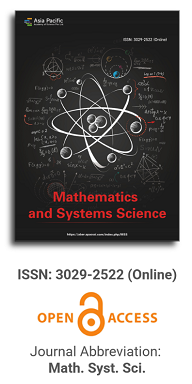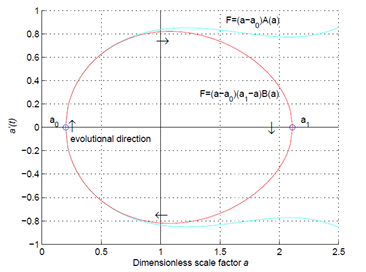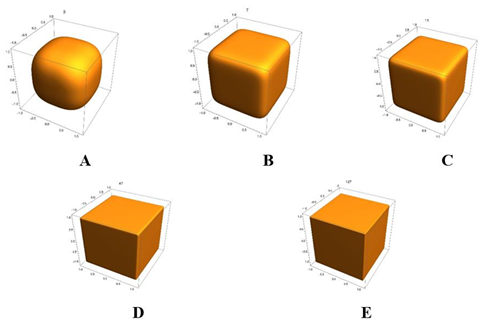


Note on “stability and data dependence results for jungck-type iteration scheme”
Vol 2, Issue 1, 2024
Download PDF
Abstract
This note reviews the iterative methods introduced in “Stability and Data Dependence Results for Jungck-Type Iteration Scheme”. It has been observed that these methods are not entirely new to a significant extent, as they bear resemblance to previously established approaches. Additionally, the primary iterative method proposed in the paper lacks efficiency, particularly when compared to more advanced or well-known methods. As a result, while the methods may offer some value, they do not represent a significant breakthrough in iterative techniques.
Keywords
References
- Kang SM, Rafiq A, Kwun YC. A new second-order iteration method for solving nonlinear equations. Abstract and Applied Analysis. 2013; (SI07): 1–4
- Rafiq A, Tanveer M, Kang SM, et al. The modified Jungck Mann and modified Jungck Ishikawa iteration schemes for Zamfirescu operators. International Journal of Pure and Applied Mathematics. 2015; 2(102): 357–382.
- Singh SL, Bhatnagar C, Mishra SN. Stability of Jungck-type itera-tive procedures. Int. J. Math. Math. Sci. 2005; 19: 3035–3043.
- Kirk WA. On successive approximations for nonexpansive mappings in Banach spaces. Glasgow Mathematical Journal. 1971; 12: 6–9.
- Mann WR. Mean value methods in iteration. Proc. Amer. Math. Soc. 1953; 4: 506–610.
- Sharma P, Argyros IK, Behl R, Kanwar V. Stability and data dependence results for Jungck-Type iteration scheme. Contemporary Mathematics. 2024; 5(1): 743–760.
- Jungck G. Commuting mappings and fixed points. The American Mathematical Monthly. 1976; 83(4): 261–263.
Supporting Agencies
Copyright (c) 2024 Arif Rafiq
License URL: https://creativecommons.org/licenses/by/4.0/
Editor-in-Chief

Prof. Youssri Hassan Youssri
Cairo University, Egypt
Asia Pacific Academy of Science Pte. Ltd. (APACSCI) specializes in international journal publishing. APACSCI adopts the open access publishing model and provides an important communication bridge for academic groups whose interest fields include engineering, technology, medicine, computer, mathematics, agriculture and forestry, and environment.


.jpg)

.jpg)
